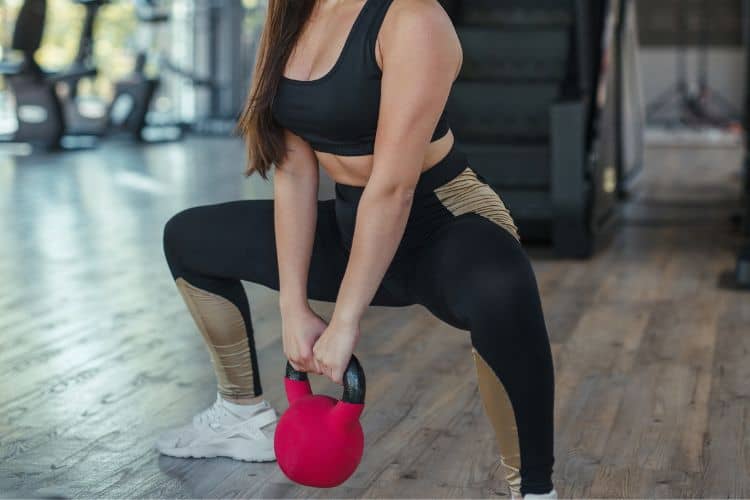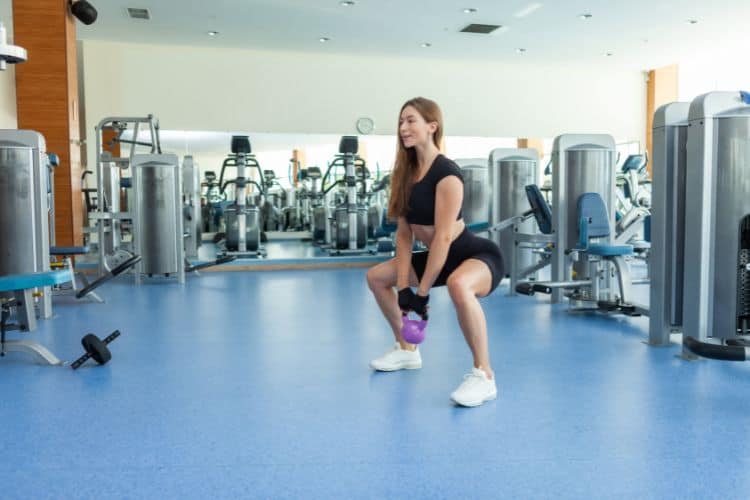Sign up for workout ideas, training advice, reviews of the latest gear and more.






In a world where fitness often feels time-consuming, complicated, or overwhelming, a structured 15-minute progressive overload workout offers the perfect solution for women who want maximum results in minimum time. Progressive overload—gradually increasing the demands placed on your muscles—is one of the most proven training methods for building strength, boosting muscle tone, and elevating your metabolism. Paired with a short, strategic routine, it becomes a powerful way to transform your body without long gym sessions. This article unpacks how progressive overload works, why a 15-minute format is so effective for women of all fitness levels, and provides a complete step-by-step workout plan that fits effortlessly into a busy schedule.
Progressive overload is a training principle that gradually challenges your muscles over time to encourage growth, strength, and improved performance. Instead of endlessly repeating the same workout, you consistently increase one or more training variables: weight, reps, sets, resistance, tempo, or rest time. These micro-increments signal your body to adapt, resulting in better muscle definition, higher endurance, and improved strength.
For women especially, progressive overload is key for developing lean muscle without bulk, improving metabolism, supporting bone health, and enhancing long-term fitness. When applied to a 15-minute workout, it creates a time-efficient framework that maximizes results while minimizing training duration.
Short workouts—when structured properly—can rival longer sessions. A 15-minute progressive overload workout works exceptionally well for several reasons:
First, the condensed session forces your muscles to work harder in a shorter period of time. You maintain intensity throughout the entire workout, which increases calorie burn and stimulates metabolic changes.
Second, short-duration training limits the likelihood of fatigue-driven poor form, making it suitable for beginners and experienced lifters alike. With fewer exercises and more focus, you’re able to target the muscles more effectively.
Third, quick workouts enhance consistency. Women with packed schedules (work, kids, career, errands) can always find 15 minutes to move their bodies. Consistency is the biggest factor in long-term fitness results, and short sessions are easier to commit to daily.
Finally, progressive overload ensures that even though the workout is short, it never becomes too easy. You’ll continue to see improvements in strength and tone as long as you gradually increase your effort.
A condensed, structured strength training routine that increases difficulty week by week offers a long list of powerful benefits. Here are some of the top advantages:
Shorter, high-tension strength sessions keep your metabolism elevated long after your workout is over. This is partly thanks to EPOC (excess post-exercise oxygen consumption), a metabolic effect that burns calories even while resting.
Progressive overload stimulates muscle fibers more actively than repetitive low-effort routines. This results in more defined arms, stronger legs, and a tighter core.
Every week, adding small amounts of tension creates measurable strength gains—without the risk of overtraining or burnout.
This workout can be done with dumbbells, resistance bands, or even bodyweight options. It’s ideal for women training at home.
Strength training boosts endorphins and improves muscular endurance, giving you more energy throughout the day.
Fifteen minutes is easy to fit into a morning routine, lunch break, or evening reset. No more scheduling hour-long gym trips.
Progressive overload works best when one training variable increases at a time. For a 15-minute routine, you can progressively increase:
Small weekly improvements compound into massive long-term progress. The key is consistency.
This workout is divided into three effective blocks: warm-up, main strength sets, and a quick finisher. Each block is designed to deliver results quickly while supporting proper progression. All you need is a pair of dumbbells (or bodyweight alternatives).
This routine targets the full body to maximize calorie burn, build lean muscle, and improve overall strength.
A fast, dynamic warm-up prepares your muscles for tension and prevents injury.
Perform each movement for 30 seconds:
These movements activate your core, legs, and upper body, boosting blood flow and warming your joints for heavier work.
Perform each block for 4 minutes, using a 40 seconds work / 20 seconds rest structure. Repeat the block twice per week and progress weekly by adjusting weight or reps.
This move targets your quads, glutes, and core. Holding dumbbells increases load on your legs while maintaining a strong posture.
Reverse lunges strengthen your hamstrings and glutes while improving hip stability. Alternating sides keeps the heart rate up and engages more muscles.
A powerful vertical pressing movement that strengthens your shoulders, triceps, and upper back.
This essential strength move builds back muscle definition, improves posture, and enhances core support.
This is an excellent core stabilization exercise that improves lower back support and deep abdominal engagement.
This movement elevates heart rate while improving core strength and flexibility.
To ensure consistent progress, make one small adjustment each week. Here is an example month-long progression plan:
Use moderate dumbbell weights and perform movements with focus on form. Keep rest time at 20 seconds and aim for 8–10 reps per exercise during the working interval.
Add 2–5 reps or slightly increase weight. Reduce rest time to 15–20 seconds. Aim to move with more confidence and maintain good posture.
Increase tension by slowing down the lowering phase of all exercises. This improves muscular endurance and creates more time under tension without needing heavier weights.
Use your heaviest weights of the month. Reduce rest to 10–15 seconds and focus on controlled speed and sharp movement patterns.
By week 4, most women feel stronger, leaner, more energized, and more confident in their ability to perform strength-based movements.
Even in a short workout, mistakes can limit progress. Here are common pitfalls and how to avoid them:
Jumping to heavy weights before building strength can lead to injury. Increase weight in small increments.
Progressive overload requires controlled movements—not faster, rushed reps. Slower is often harder and more effective.
Muscles grow when they recover. Don’t train the same muscles intensely every day.
Tracking reps, weight, and how you feel during workouts is essential. Without tracking, you’re guessing—not progressing.
Short workouts reduce burnout, but pushing every session to the max can still exhaust your body. Listen to your energy levels and adjust intensity accordingly.
This quick, effective workout is perfect for:
If you struggle to stay consistent with hour-long training programs, this style of workout offers everything you need without the stress of scheduling long sessions.
To transform your short training sessions into powerful daily habits, use these strategies:
Minimizing transition time keeps you focused and efficient.
A structured 40/20 interval keeps your intensity high and your workout flowing.
Not every session will feel easy, but every session will count when tracked.
Inhale during lowering phases and exhale during lifting to maximize strength and stability.
Even short workouts impact hydration levels, so drink water before and after.
Protein intake supports muscle repair—crucial for any progressive overload routine.
A 15-minute progressive overload workout may seem small, but when done consistently, it delivers powerful results. Strength, muscle tone, fat loss, energy levels, confidence, and overall fitness all improve through short, effective, structured training sessions. The combination of progressive overload and time-efficient routines creates a sustainable fitness lifestyle that adapts to your schedule, empowering women to prioritize health without sacrificing time.
If you’ve ever felt like fitness doesn’t fit into your day, this workout method proves otherwise. With intentional movement and strategic progression, 15 minutes is more than enough to transform your body and mindset.
Looking to build strength fast in just 15 minutes? You’ll love how this routine aligns perfectly with our longer-term strategies like our successful 30-Day Progressive Overload Workout Plan for Women as a foundational piece. To learn exactly how to fit intensity into limited time, check out The Best 15-Minute Full-Body Workout You Can Do Anywhere. If you prefer adding dumbbells, our “Best Dumbbell Exercises for a Full-Body Workout in 15 Minutes” post provides ideal exercise choices: For those days when you only have time to focus on your back, dive into our “Quick 15-Minute Back Workout for Strength and Posture” article: Quick 15-Minute Back Workout for Strength and Posture. And when you’re ready to progress even further, our “The Best Full Body Strength Workout for Women” post shows how to scale up:
Stay up to date on the latest women’s health, fitness and lifestyle trends and tips.